The Charles Mingus jazz standard Goodbye Pork Pie Hat has become the cellist’s own farewell to the Ébène Quartet after more than two decades performing together

Discover more Featured Stories like this in The Strad Playing Hub.
Read more premium content for subscribers here
The Ébène Quartet formed in 1999 and I joined three years later. One of the reasons I knew we’d work well together was that all four of us loved jazz music – both playing and listening to it. We could rehearse for six or seven hours on Schubert or Ravel, but at the end of the day we’d always finish with a jazz improvisation session. At first it was just for us to relax but we soon realised it could be another part of our repertoire, and we started to play some of our jazz arrangements as encores. Now they’ve become possibly the most identifiable part of the Ébène repertoire.
About a decade ago, our violinist Pierre Colombet said that I should listen to Goodbye Pork Pie Hat by Charles Mingus, and I loved it from the start. It’s a very interesting tune with remarkable harmonic changes all the way through. It has a blues structure although it’s not traditional blues: it’s enriched by all the unpredictable modulations, from G flat to F, then D flat and E flat. It’s like the tune has a centre of gravity but always remains a little unstable – which adds to the interest every time you play it.
I’ve liked Mingus’s music since I was 13 years old, when I heard his Nostalgia in Times Square for the first time. It contains Mingus’s clear signatures: the classic chord of the blues language is the dominant 7th, but he added a blue note on top of almost every one to create the harmony. It shocked me the first time I encountered it, and I still remember how it made me feel today. Then when I was in my twenties I played the piano in a jazz band for a while, and I think listening to Mingus at a young age really helped with my development as a musician.

We’ve played Goodbye Pork Pie Hat just a few times in concert, mostly when we’ve been touring America. We always get enthusiastic responses from audiences over there; they like how respectful and devoted we are, but also how we bring some of our own musicianship to this music as well. There’s also a sense that we’ve taken something written by a great jazz man and added our own style to it – like we’re serving a meal from our own kitchen, but to the recipe of a brilliant chef.
Mingus wrote Goodbye Pork Pie Hat as an elegy for his friend, saxophonist Lester Young, who’d died two months earlier (and was known for wearing pork pie hats). When we decided to record an album of our jazz quartet arrangements, I wanted to include it as my own farewell to the group – the recording, Milestones, is my last with the Ébène after 21 years together. In the studio we also found that recording jazz is completely different from recording classical repertoire, as it’s impossible to edit every few notes; there’s an organic quality that needs to be preserved throughout. We played through the piece around eight times, and the take that we used then required hardly any post-production.
It only happened on the day of the recording that I decided to take the opening saxophone solo myself, as it seemed to work well that way. When you put together a jazz arrangement, you’re free to give any elements of it to different instruments, which is one of the most exciting things about the music. You have to be open to every possibility at all times: the photographer Henri Cartier-Bresson said you can take good photos if you’re alert to the moment when a shot comes together. Then, like a butterfly hunter, you have to catch it in an instant. Likewise, you can’t plan a perfect jazz arrangement; it’s all about having concentration and open eyes.
INTERVIEW BY CHRISTIAN LLOYD
Read: The Ébène Quartet on turning 20
Watch: Quatuor Ebène, Antoine Tamestit and Nicolas Altstaedt record ‘Night Bridge’
Discover more Featured Stories like this in The Strad Playing Hub.
Read more premium content for subscribers here
The number one source for playing and teaching books, guides, CDs, calendars and back issues of the magazine.
In The Best of Technique you’ll discover the top playing tips of the world’s leading string players and teachers. It’s packed full of exercises for students, plus examples from the standard repertoire to show you how to integrate the technique into your playing.
The Strad’s Masterclass series brings together the finest string players with some of the greatest string works ever written. Always one of our most popular sections, Masterclass has been an invaluable aid to aspiring soloists, chamber musicians and string teachers since the 1990s.
American collector David L. Fulton amassed one of the 20th century’s finest collections of stringed instruments. This year’s calendar pays tribute to some of these priceless treasures, including Yehudi Menuhin’s celebrated ‘Lord Wilton’ Guarneri, the Carlo Bergonzi once played by Fritz Kreisler, and four instruments by Antonio Stradivari.


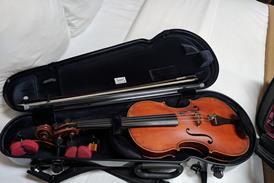








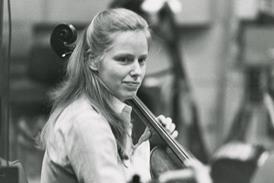
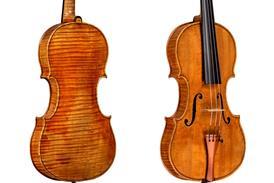
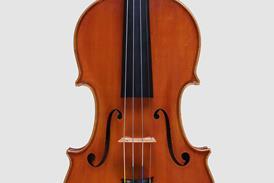




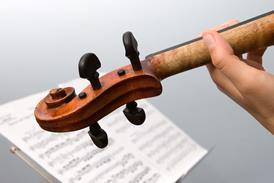
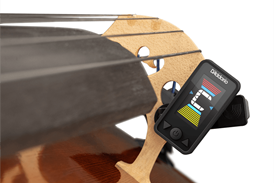
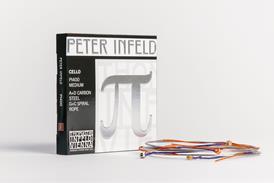
















No comments yet